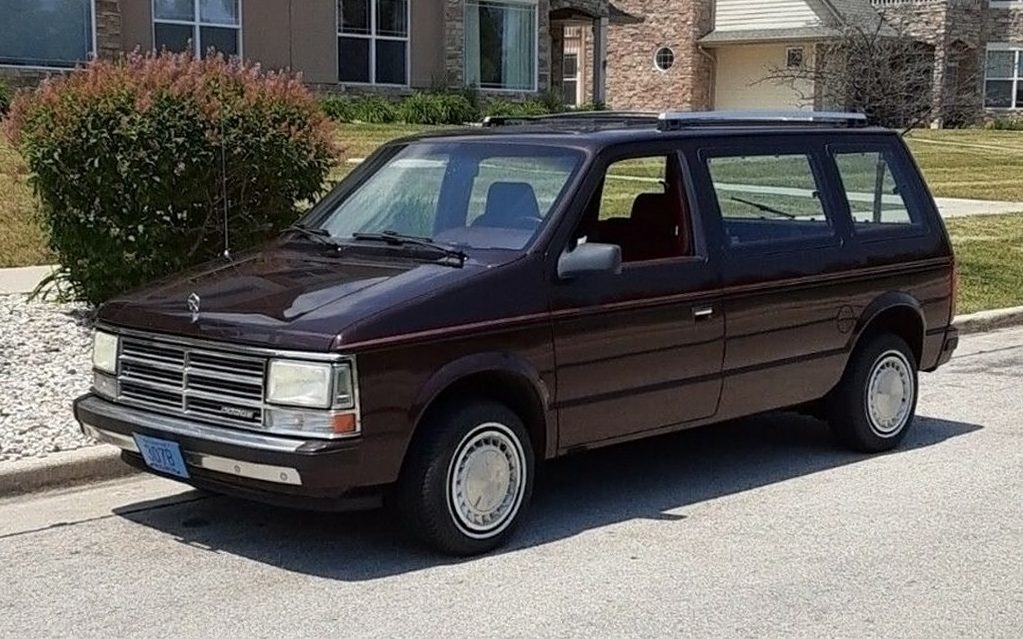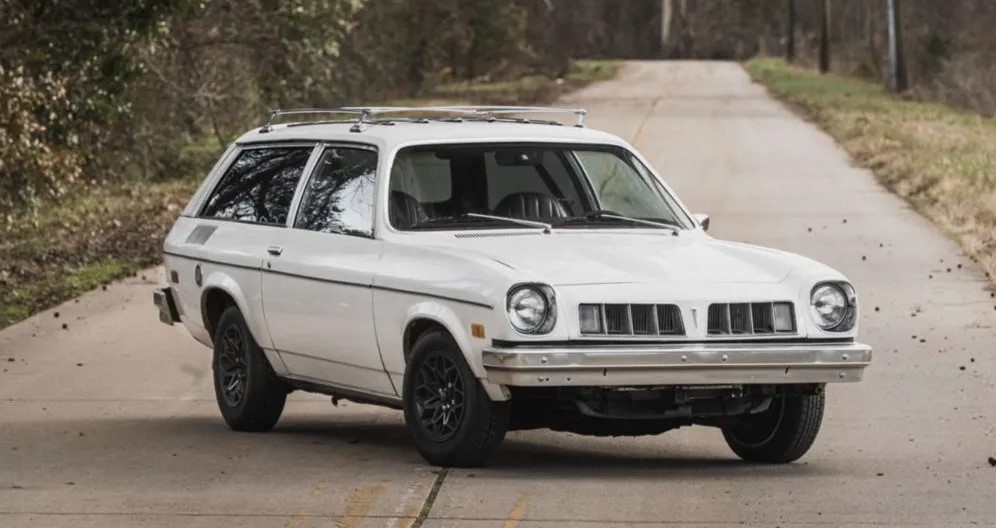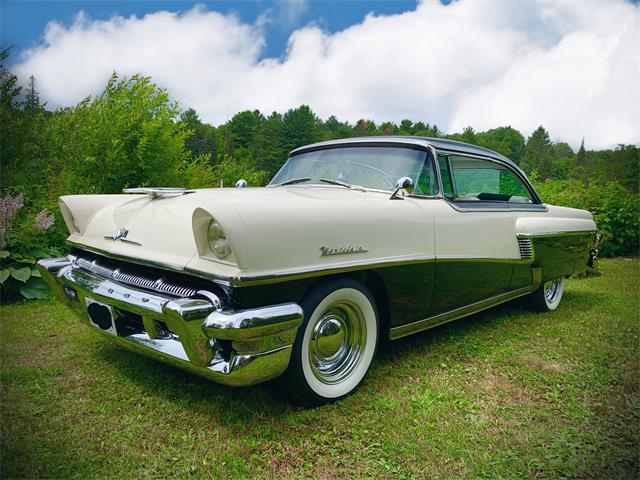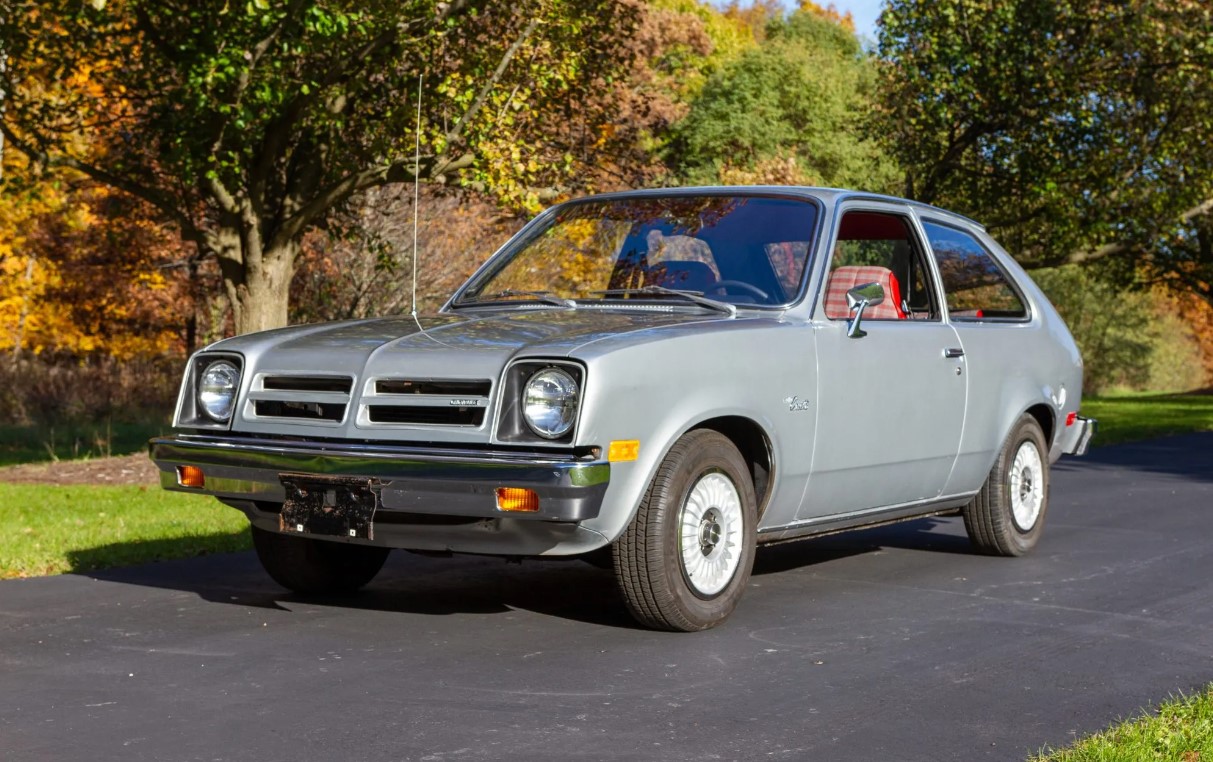The early 1970s marked the pinnacle of the American muscle car era, and among the stars of this remarkable period was the 1971 Plymouth Cuda. With its striking design, powerful engine options, and a relentless focus on performance, the '71 Cuda stands as a symbol of American automotive excellence. In this article, we will delve into the history, design, features, and enduring legacy of the 1971 Plymouth Cuda.
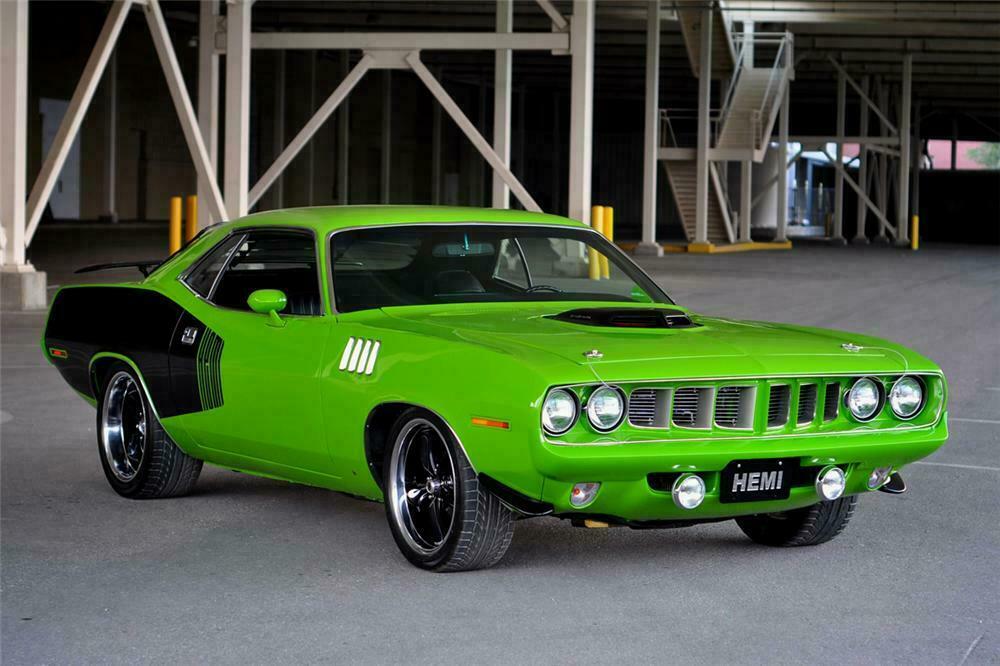
Evolution of the Plymouth Cuda

The Plymouth Cuda made its debut in 1964 as a performance-oriented version of the Plymouth Valiant, and it was intended to compete with other pony cars of the era, such as the Ford Mustang and Chevrolet Camaro. The early Cudas featured compact dimensions and were equipped with a range of V8 engines, making them popular among speed enthusiasts.
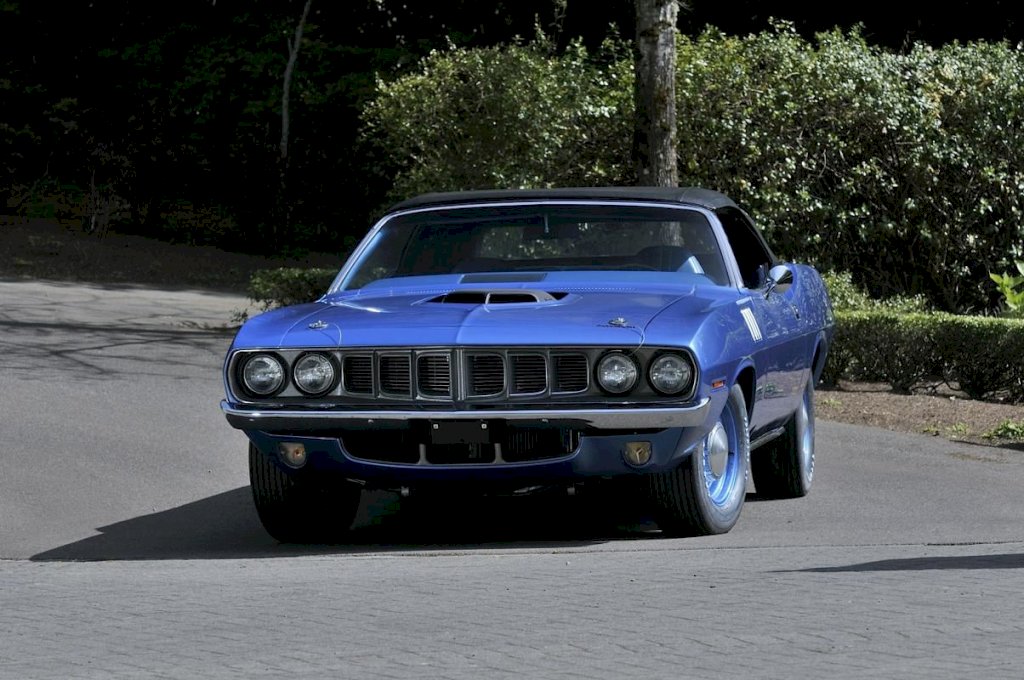
Throughout the 1960s, the Cuda underwent several design changes and engine upgrades. However, it was in the early 1970s that the Cuda truly came into its own and cemented its status as a legendary muscle car.
The 1971 Model Year: Design and Styling

The 1971 Plymouth Cuda underwent a significant redesign that emphasized both performance and aesthetics. It featured a bold and aggressive appearance with a redesigned front end, a large front grille, and quad headlights. The dual scoops on the hood were functional, aiding in engine cooling, and added to the car's fierce appearance.
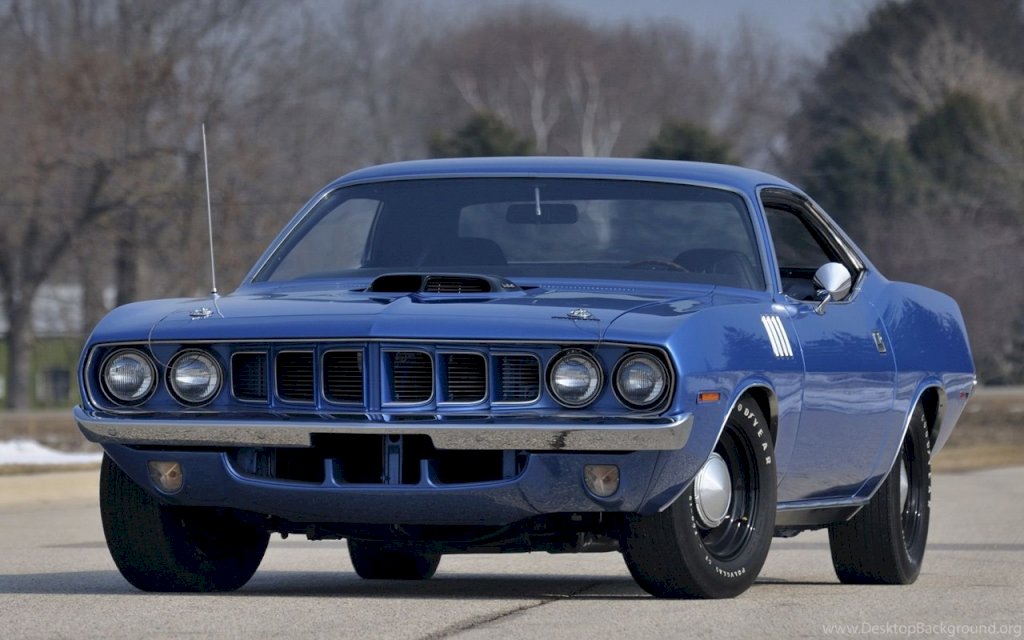
The 1971 Cuda was available in several body styles, including the two-door hardtop, convertible, and the rare and highly sought-after two-door fastback coupe, also known as the Cuda '71. The fastback coupe, with its distinctive sloping rear window, became an icon of automotive design and remains a favorite among collectors.

The rear of the 1971 Cuda featured a wide stance with an integrated rear spoiler and rectangular taillights, adding to its aggressive look. The available "Billboard" graphics on the sides, featuring prominent Cuda logos, further enhanced the car's visual appeal.
Engine Options and Performance
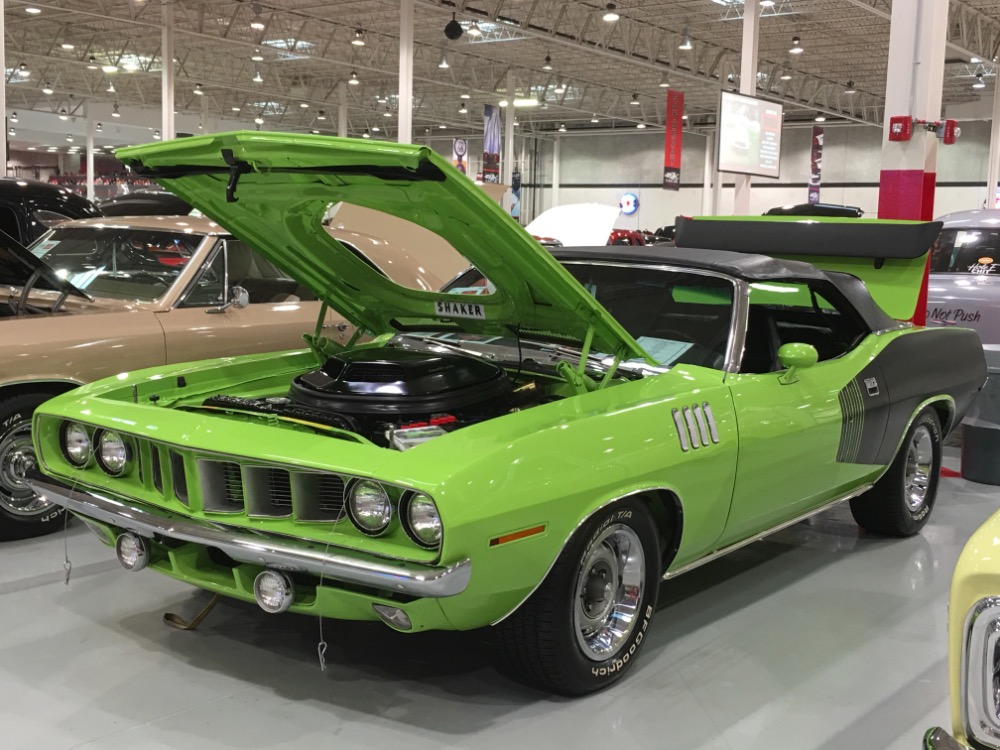
One of the most significant aspects of the 1971 Plymouth Cuda was its wide array of powerful engine options, catering to various performance preferences. The base engine was a 318 cubic-inch V8, but enthusiasts sought the higher-performing options.
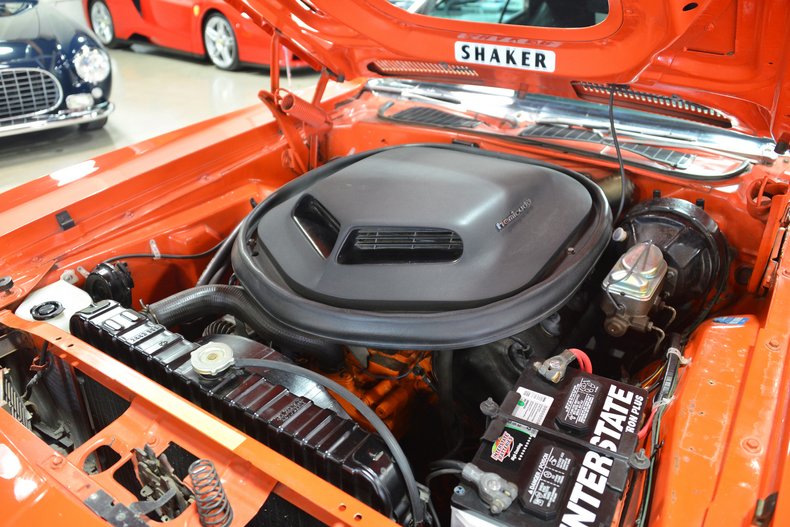
The most notable and powerful engine available was the 426 Hemi V8. This legendary powerplant delivered exceptional performance, producing a jaw-dropping 425 horsepower and 490 lb-ft of torque. The Hemi Cuda was renowned for its impressive acceleration and quarter-mile times, making it a force to be reckoned with on the drag strip.
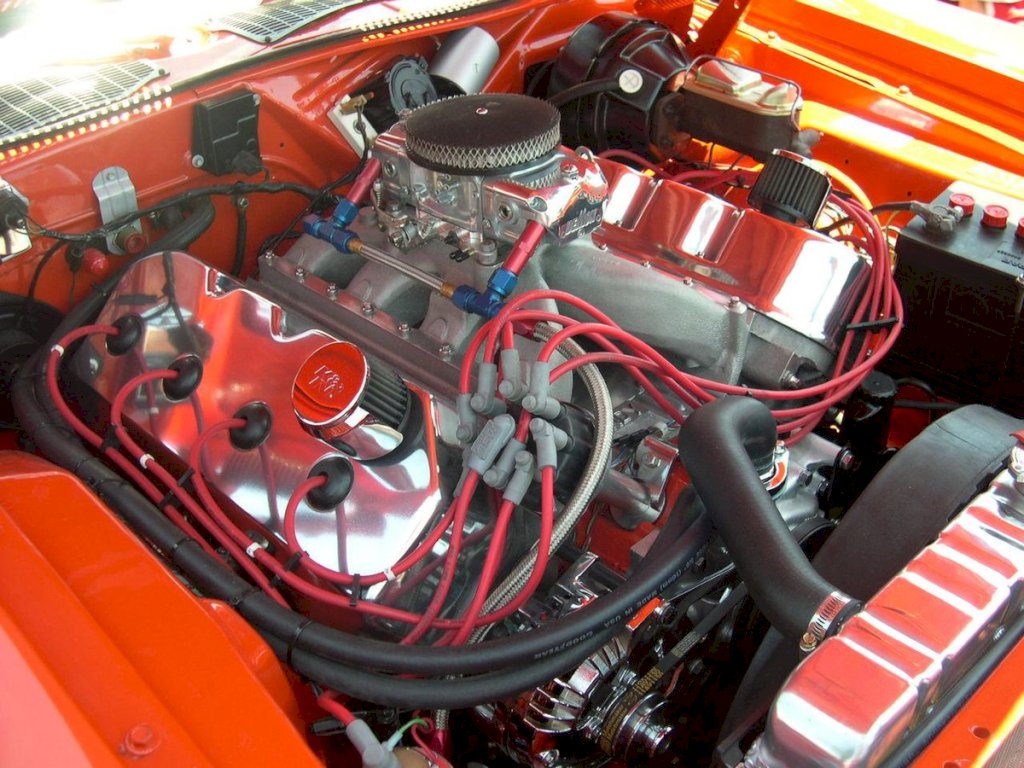
Other engine choices included the 340 cubic-inch V8 and the 383 cubic-inch V8, both offering formidable performance for drivers seeking a balance of power and practicality. The Cuda was available with either a three-speed automatic transmission or a four-speed manual transmission, allowing drivers to tailor their driving experience to their liking.
Interior and Comfort

Inside the 1971 Plymouth Cuda, the focus remained on performance, but Chrysler did not compromise on comfort and convenience. The interior featured bucket seats with premium upholstery, a sporty steering wheel, and a driver-focused dashboard layout.
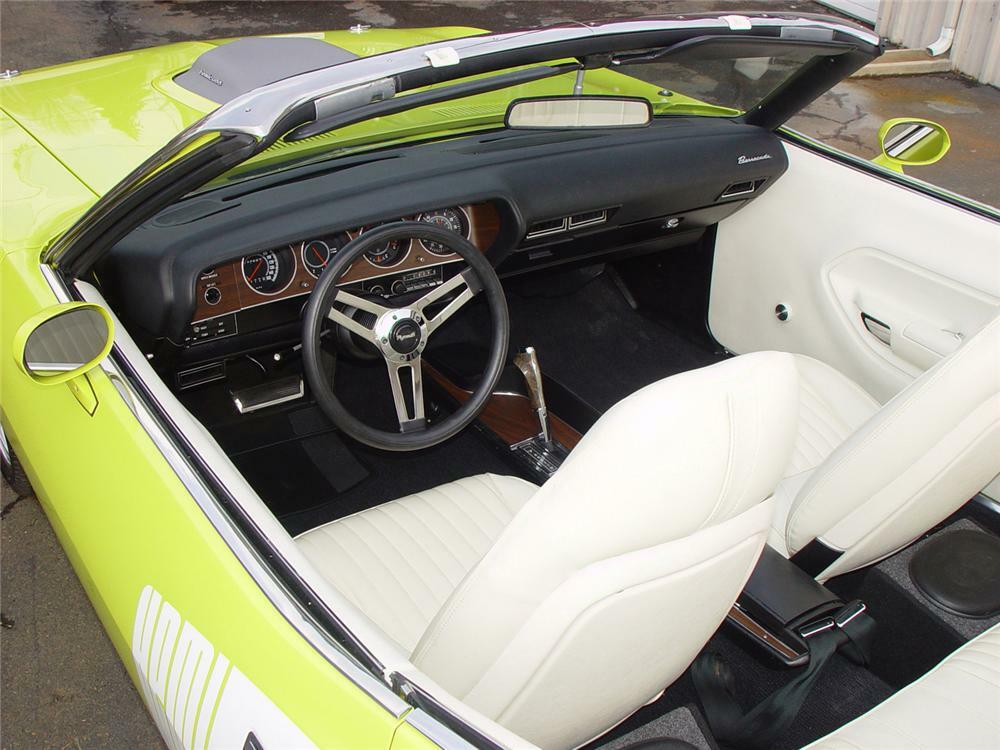
The Cuda's instrument panel included a set of gauges, providing drivers with essential information about the car's performance. Optional features, such as air conditioning, power windows, and an upgraded audio system, allowed drivers to personalize their Cuda for comfort and luxury.
Popularity and Cultural Impact
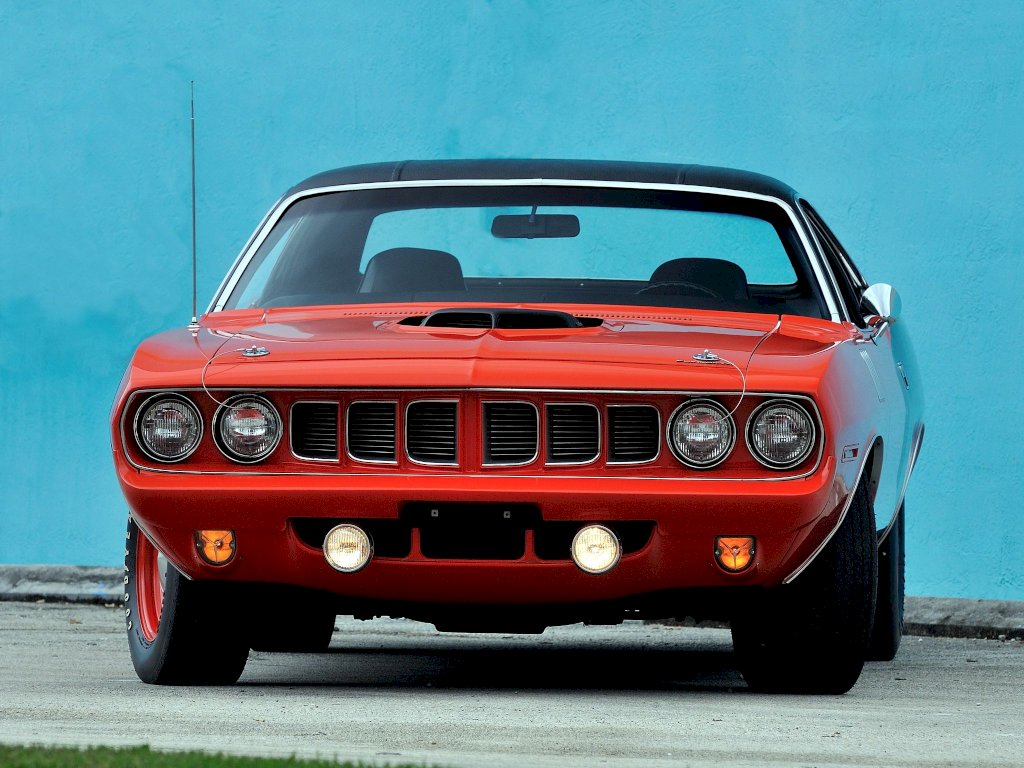
The 1971 Plymouth Cuda enjoyed significant popularity and left a lasting impact on American automotive culture. It represented the apex of the muscle car era, capturing the imagination of car enthusiasts and inspiring dreams of raw power and speed.

The Cuda became a favorite among street racers and drag racers, earning a reputation for dominating the competition at the track. It also found success on the silver screen, appearing in several movies and television shows, further solidifying its status as a cultural icon.
Challenges and Decline
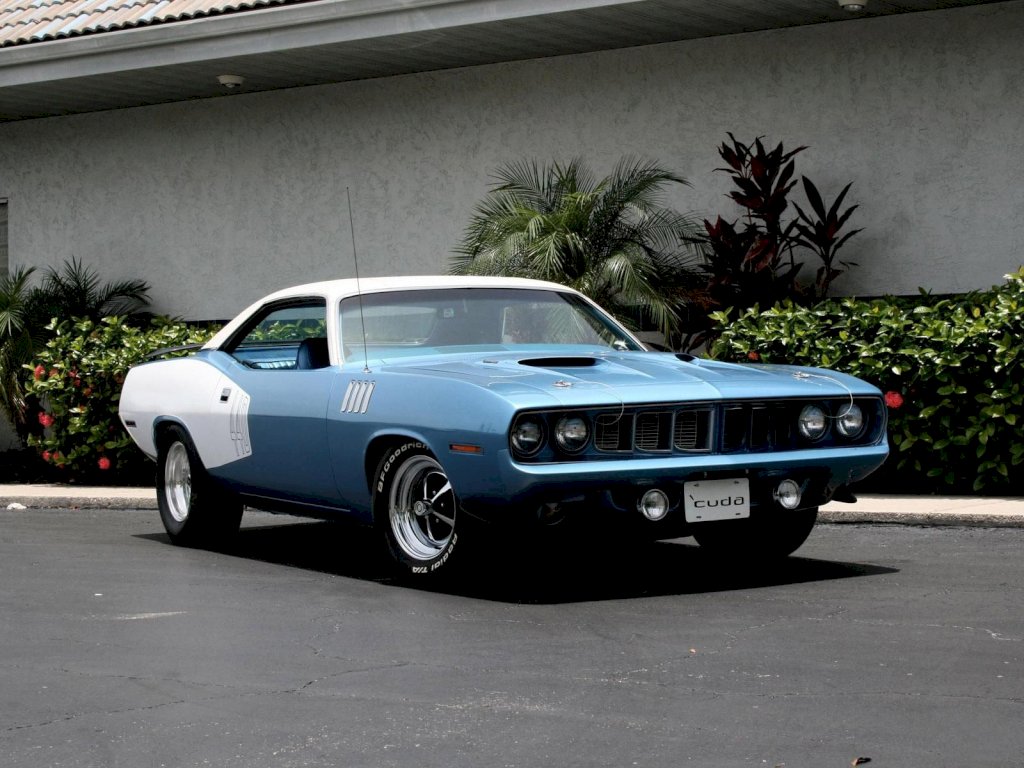
Despite its popularity, the 1971 Plymouth Cuda faced challenges in the early 1970s. As the muscle car era drew to a close, a combination of factors, including increasing insurance premiums, tightening emissions regulations, and rising fuel costs, led to a decline in demand for high-performance vehicles.
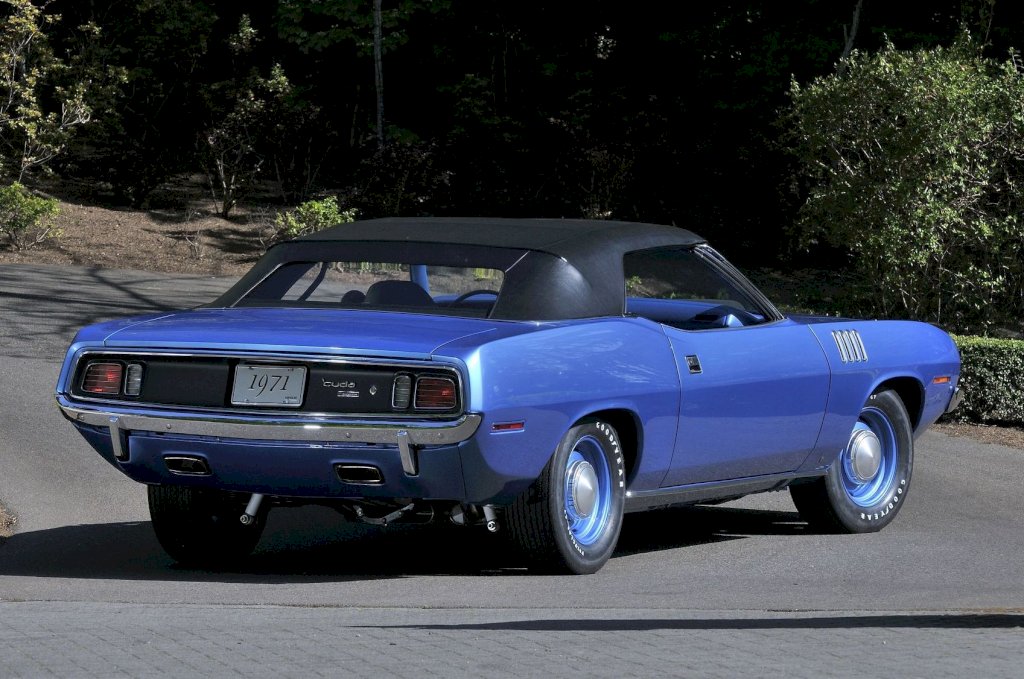
Additionally, the 1971 Cuda coincided with the oil crisis of 1973, which further dampened enthusiasm for gas-guzzling muscle cars. Chrysler shifted its focus to more fuel-efficient models, and production of the Cuda declined.
Legacy and Collectibility
Today, the 1971 Plymouth Cuda is highly sought after by collectors and enthusiasts. Its limited production numbers and distinctive design features make it a rare and valuable classic car.

The Hemi Cuda, in particular, is one of the most coveted muscle cars in automotive history. Its exclusivity, raw power, and performance capabilities have made it a collector's dream, and pristine examples often command high prices at auctions.
Restoration and modification projects for the Cuda have become popular among automotive enthusiasts, with owners seeking to preserve its iconic design while adding modern performance upgrades.
Racing Heritage

The racing heritage of the 1971 Plymouth Cuda is defined by its remarkable performance on both the drag strips and road courses of its time. Equipped with the legendary 426 cubic-inch Hemi V8 engine, the Cuda became a formidable force in the world of muscle car racing.
On the drag strips, the Hemi Cuda proved its dominance, achieving astonishing acceleration and quarter-mile times. With specially tuned engines, lightweight modifications, and drag-specific enhancements, the Cuda left its competitors trailing behind, earning it the nickname "King of the Streets."
In addition to drag racing, the 1971 Cuda also made its mark in the Trans-Am Series. Piloted by skilled drivers, the Cuda showcased its agility and handling on demanding road courses. The nimble performance and raw power of the Hemi V8 allowed the Cuda to compete with some of the best production-based racing cars of its era.
Conclusion

The 1971 Plymouth Cuda stands as a symbol of an era characterized by raw power, exhilarating speed, and iconic design. Its aggressive appearance and impressive performance capabilities have made it an enduring favorite among muscle car enthusiasts and collectors.
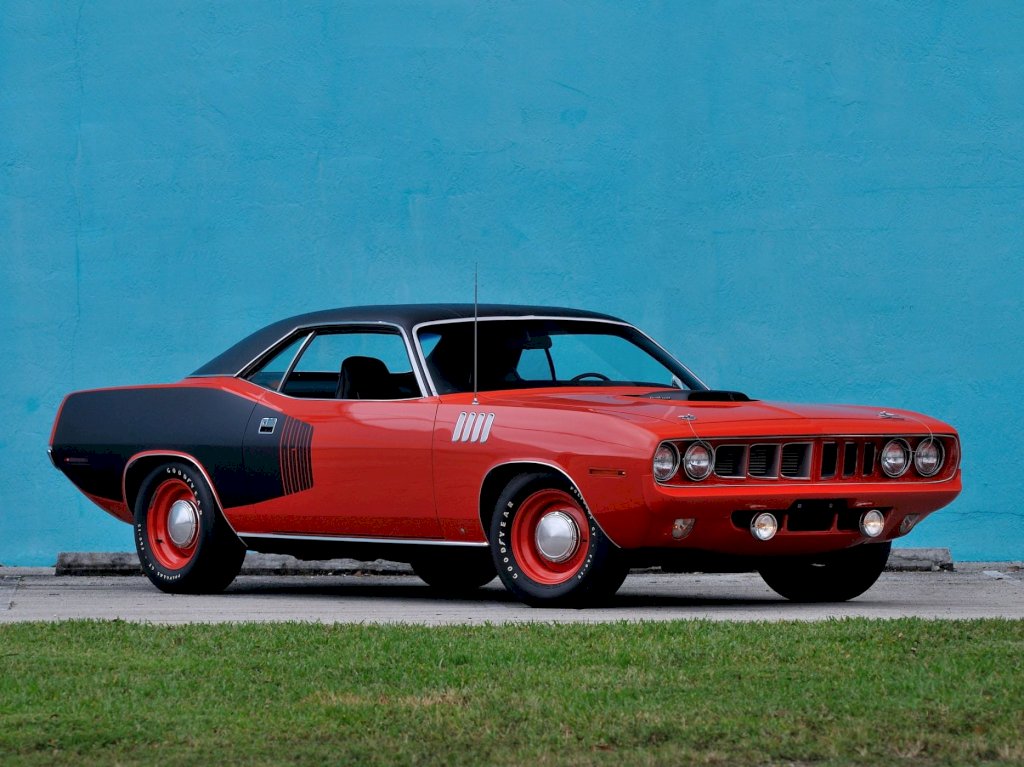
The 1971 Cuda remains a testament to the golden age of American automotive performance, and its legacy lives on as a cherished classic car, appreciated for its timeless charm and unmatched power. As an icon of automotive history, the Cuda continues to capture the imagination of car enthusiasts and represents the pinnacle of American muscle car engineering and design.
